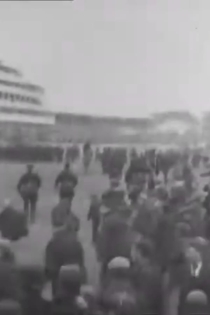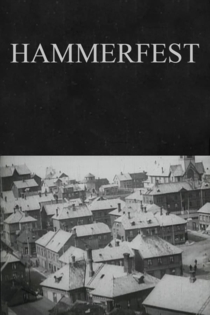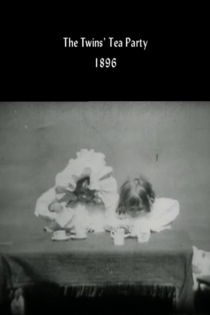
Robert W. Paul
1869 - 1943He made narrative films as early as April 1895. Those films were shown first in Edison Kinescope knockoffs. In 1896 he showed them projected. That was about the time the Lumière brothers were pioneering projected films in France.
His first notably successful scientic device was his Unipivot galvanometer.
In 1999 the British film industry erected a commemorative plaque on his building at 44 Hatton Garden, London.
An Extraordinary Cab Accident
Walter R. Booth, Robert W. Paul
A man and a woman talk beside a street near a corner where a cop stands. Just as a horse-drawn cart rounds the corner, the man backs off the sidewalk saying good-by to his companion. The horse and cart flatten him and continue on, out of the camera's stationary range. The cop runs after the cab, the woman dashes to the body. The cop brings back the driver; is the victim dead?
An Extraordinary Cab Accident

The Vanishing Lady
Robert W. Paul
Robert W. Paul production, "The Vanishing Lady", 1897. Man in roman costume carves figure of girl in doorway. As he finishes, the statue comes to life. The man expresses great love and desire for her, but every time the man goes to grab the girl she vanishes and reappears somewhere else.
The Vanishing Lady
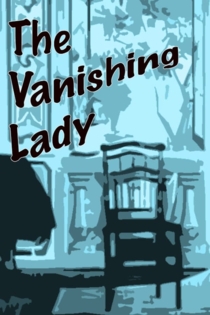
A Chess Dispute
Robert W. Paul
Alfred Collins
A stationary camera looks on as two dapper gents play a game of chess. One drinks and smokes, and when he looks away, his opponent moves two pieces. A fight ensues, first with the squirting of a seltzer bottle, then with fisticuffs. The combatants wrestle each other to the floor and continue the fight out of the camera's view, hidden by the table. The waiter arrives to haul both of them out.
A Chess Dispute
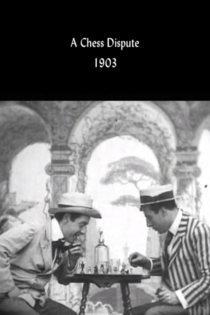
The Countryman and the Cinematograph
Robert W. Paul
A satire on the way that audiences unaccustomed to the cinema didn't know how to react to the moving images on a screen - in this film, an unsophisticated (and stereotypical) country yokel is alternately baffled and terrified, in the latter case by the apparent approach of a steam train.
The Countryman and the Cinematograph

The Deonzo Brothers
Robert W. Paul
The famous acrobats in the above title appear in a marvellous acrobatic act. There are three barrels arranged on the stage. The boys, blindfolded, stand on opposite sides of the stage, and jump from one barrel into the other until they both land in the same barrel at the same time. They then jump backwards onto the stage over the two barrels. One table is then mounted upon another and the center barrel is placed on top. The brothers still blindfolded jump one each into a barrel and from them to the first to the second table and from the second table into the barrel on top of the second table. They then jump backwards onto the stage. This is pronounced by show people to be the most marvellous acrobatic feat that has ever been introduced. (Edison Catalog)
The Deonzo Brothers
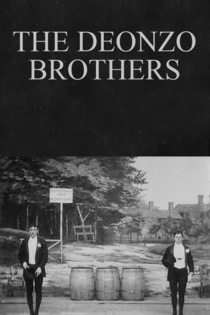
A Switchback Railway
Robert W. Paul
The Switchback Railway was the forerunner of the roller coaster. Passengers sit in a small car which trundles up a swooping railway track then performs a 180 degree turn at its summit before swooping back down on a parallel track.
A Switchback Railway

Buy Your Own Cherries
Robert W. Paul
A barmaid plies a swell with smiles and with cherries from a box that's just been delivered. When she refuses a cherry to a roughly-dressed tradesman who runs a tab at the bar, he pays off his debt in a huff, using all his week's pay. He then storms penniless and without provisions into his ill-furnished house where his wife and two children, ill-clad and ill-fed, cower. Is there any hope for him and for his family? If he does realize how low he's sunk, what help is there to lift him up? Will the family ever know the taste of cherries?
Buy Your Own Cherries



